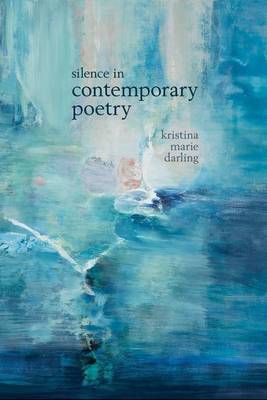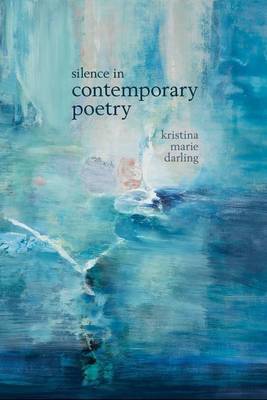
- Retrait gratuit dans votre magasin Club
- 7.000.000 titres dans notre catalogue
- Payer en toute sécurité
- Toujours un magasin près de chez vous
- Retrait gratuit dans votre magasin Club
- 7.000.0000 titres dans notre catalogue
- Payer en toute sécurité
- Toujours un magasin près de chez vous
Description
This book analyzes the relationship between silence, formal innovation, and social justice in recent poetry by women, non-binary writers, and writers of color. Silence in poetry has been heretofore undertheorized, as most books that engage this topic are scholarly monographs focused on a single writer's work, such as Therese Lentfoer's Words and Silence: On the Poetry of Thomas Merton and Jean Franco's Cesar Vallejo: The Dialectics of Poetry and Silence, both of which are, at this point, a bit dated.
Kazim Ali's Orange Alert: Essays on Poetry, Art, and the Architecture of Silence may very well be the only recent study of silence and poetry, and does not foreground stylistically innovative work. These scholars clearly recognize that silence offers invaluable insight into the possibilities for a reader's imaginative work within a given text. After all, it is the space between things that makes room for the reader's imagination, and allows room for the other to speak. However, a broader survey of silence in innovative contemporary and historical poetry will offer insight into the full range of approaches to the work that silence can do in poetry. This book engages examples ranging from dramatic verse to lyric fragments and prose poetry. Given these poets' commitment to social justice, the readerly possibility in these texts' gaps and elisions is rife with real-world implications, as the reader's imaginative work in these texts almost always extends beyond the realm of language, literature, and the arts.
Spécifications
Parties prenantes
- Auteur(s) :
- Editeur:
Contenu
- Nombre de pages :
- 256
- Langue:
- Anglais
- Collection :
Caractéristiques
- EAN:
- 9781949979527
- Date de parution :
- 01-11-24
- Format:
- Livre relié
- Format numérique:
- Genaaid
- Dimensions :
- 164 mm x 240 mm

Les avis
Nous publions uniquement les avis qui respectent les conditions requises. Consultez nos conditions pour les avis.






